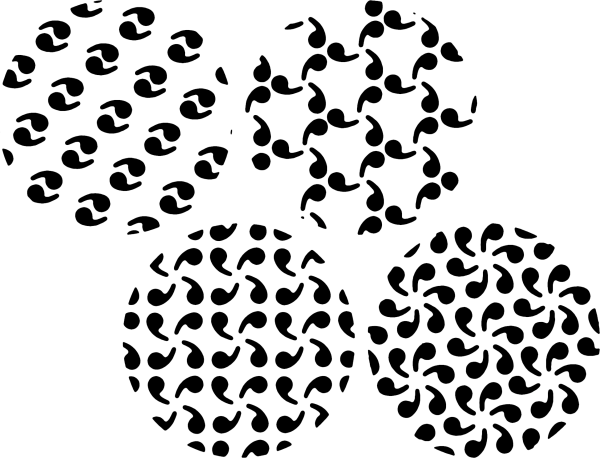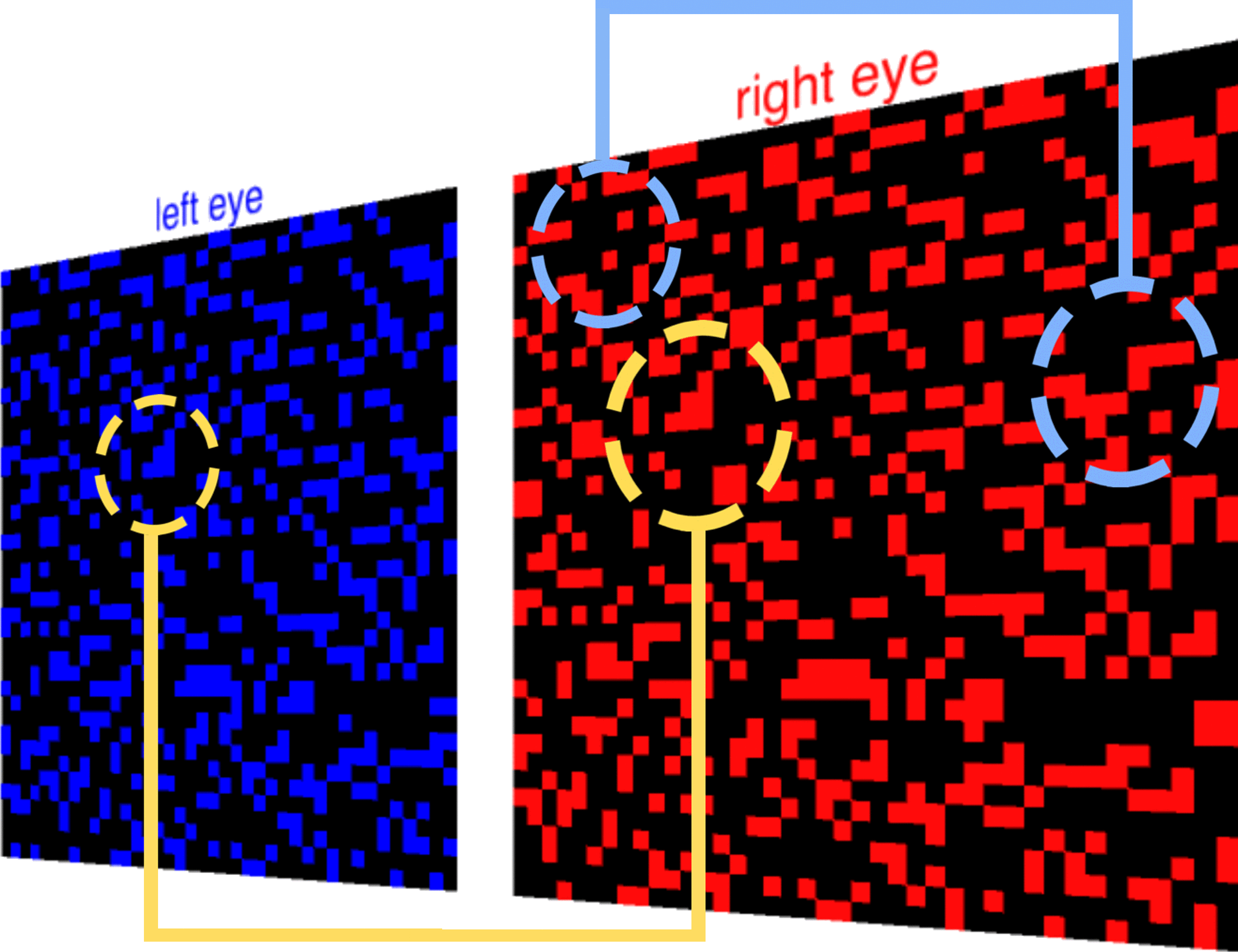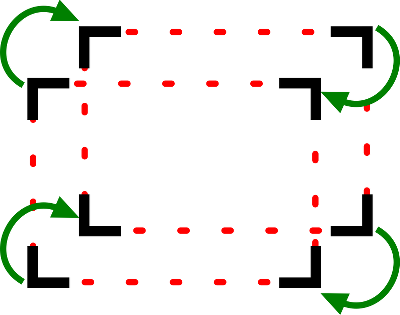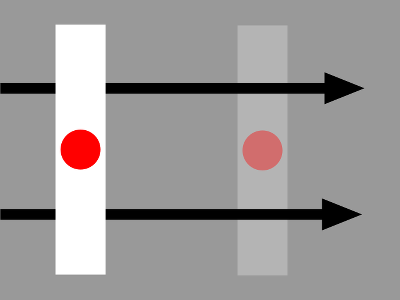 Symmetry is a highly salient feature of the natural world, found in both plants and animals as well as human artifacts. The importance of symmetry for visual perception was first discovered by the Gestalt Psychologists in the early 20th century, and since then, a large literature has highlighted at least three potential contributions of symmetry to visual perception. (1) Symmetry involves the comparison of features from spatially distant parts of the visual field, which suggests a close relationship with global integration processes required for perceiving form and motion. (2) Because of the complex interplay of physical forces that govern pattern formation in nature, natural objects are often symmetric, which means that symmetry can serve as a powerful cue for the detection, recognition and classification of objects. (3) Symmetry can be used as an efficient coding strategy, where repeating image elements are represented in terms of symmetries, so that it is not necessary to code individual image elements.
Symmetry is a highly salient feature of the natural world, found in both plants and animals as well as human artifacts. The importance of symmetry for visual perception was first discovered by the Gestalt Psychologists in the early 20th century, and since then, a large literature has highlighted at least three potential contributions of symmetry to visual perception. (1) Symmetry involves the comparison of features from spatially distant parts of the visual field, which suggests a close relationship with global integration processes required for perceiving form and motion. (2) Because of the complex interplay of physical forces that govern pattern formation in nature, natural objects are often symmetric, which means that symmetry can serve as a powerful cue for the detection, recognition and classification of objects. (3) Symmetry can be used as an efficient coding strategy, where repeating image elements are represented in terms of symmetries, so that it is not necessary to code individual image elements.
Spatial and Interocular Integration
 The perception of movement in depth and image segmentation of motion relies on integration both over space (spatial integration) and between the two eyes (interocular integration). In a recent series of experiments, I used a steady-state EEG design to measure response thresholds from separate neural populations coding movement and segmentation.
The perception of movement in depth and image segmentation of motion relies on integration both over space (spatial integration) and between the two eyes (interocular integration). In a recent series of experiments, I used a steady-state EEG design to measure response thresholds from separate neural populations coding movement and segmentation.
 Interactions between form and motion perception are exciting to me, because they demonstrate that quite disparate domains of visual perception interact to produce our ongoing perception of the world. Moreover, motion and form is often thought of as being encoded by two separate processing streams, located in dorsal and ventral cortex, respectively, and form-motion-interactions indicate that this separation is far from complete.
Interactions between form and motion perception are exciting to me, because they demonstrate that quite disparate domains of visual perception interact to produce our ongoing perception of the world. Moreover, motion and form is often thought of as being encoded by two separate processing streams, located in dorsal and ventral cortex, respectively, and form-motion-interactions indicate that this separation is far from complete.
 The ability to correctly determine the position of objects in space is a fundamental task of the visual system. To perceive the world correctly, we must know not only what objects are present in a visual scene, but also where they are. Neurons throughout the visual system are activated by stimuli falling on specific regions of the retina, their receptive fields. It might seem reasonable that this explicit location information – the receptive field locations of cells that respond to an object – would specify an object’s perceived location. However, a wide range of illusions collectively known as motion-induced position shifts have demonstrated that motion can influence perceived location to a surprising extent. Indeed, a moving object may be perceived at a location quite distant from its current location in the visual field and the receptive fields that would be activated on the basis of retinal input alone.
The ability to correctly determine the position of objects in space is a fundamental task of the visual system. To perceive the world correctly, we must know not only what objects are present in a visual scene, but also where they are. Neurons throughout the visual system are activated by stimuli falling on specific regions of the retina, their receptive fields. It might seem reasonable that this explicit location information – the receptive field locations of cells that respond to an object – would specify an object’s perceived location. However, a wide range of illusions collectively known as motion-induced position shifts have demonstrated that motion can influence perceived location to a surprising extent. Indeed, a moving object may be perceived at a location quite distant from its current location in the visual field and the receptive fields that would be activated on the basis of retinal input alone.